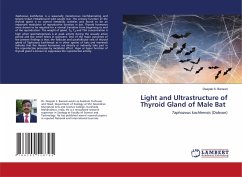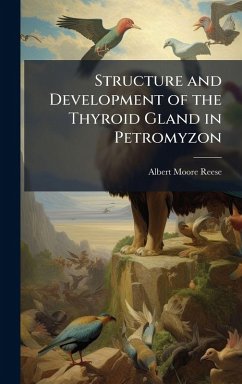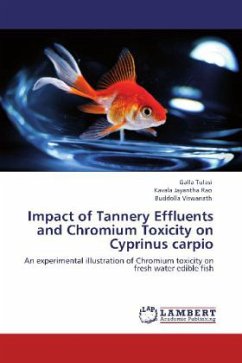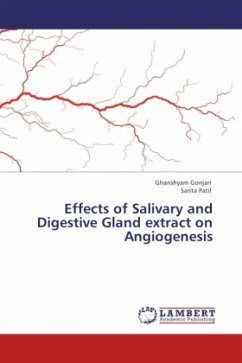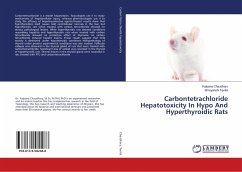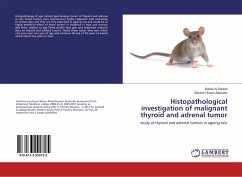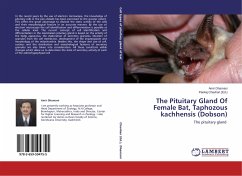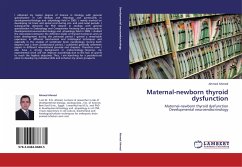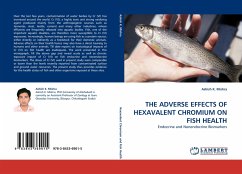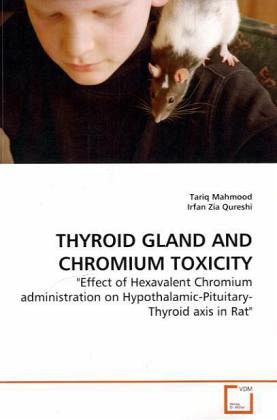
THYROID GLAND AND CHROMIUM TOXICITY
"Effect of Hexavalent Chromium administration on Hypothalamic-Pituitary-Thyroid axis in Rat"
Versandkostenfrei!
Versandfertig in 6-10 Tagen
39,99 €
inkl. MwSt.

PAYBACK Punkte
20 °P sammeln!
Toxicity due to heavy metals is of major concern in Pakistan. Mercury, cadmium, chromium, arsenic, lead, zinc and copper concentrations have increased to alarming levels in the water, soil and air which have become large dumps of industrial effluents. Physiologically, heavy metals can profoundly affect the functioning of the endocrine system and in Pakistan, thyroid related diseases are also very common. Chromium in hexavalent form is highly toxic and a known carcinogen, however as opposed to the trivalent form, its toxic effects on the thyroid structure and function are relatively unexplored....
Toxicity due to heavy metals is of major concern in Pakistan. Mercury, cadmium, chromium, arsenic, lead, zinc and copper concentrations have increased to alarming levels in the water, soil and air which have become large dumps of industrial effluents. Physiologically, heavy metals can profoundly affect the functioning of the endocrine system and in Pakistan, thyroid related diseases are also very common. Chromium in hexavalent form is highly toxic and a known carcinogen, however as opposed to the trivalent form, its toxic effects on the thyroid structure and function are relatively unexplored. Acute exposure to chromium (VI) can occur in the occupational set up. The present study, therefore, investigated the thyroid gland structure and function following intraperitoneal administration of potassium dichromate (Cr-VI) in laboratory rats.Diverse techniques were employed during the study. The results give an insight to the toxic effects of hexavalent chromium on the thyroid gland anddescribe how the metal interferes with the functioning of the gland; not only with its morphology but also at cellular and molecular levels.



